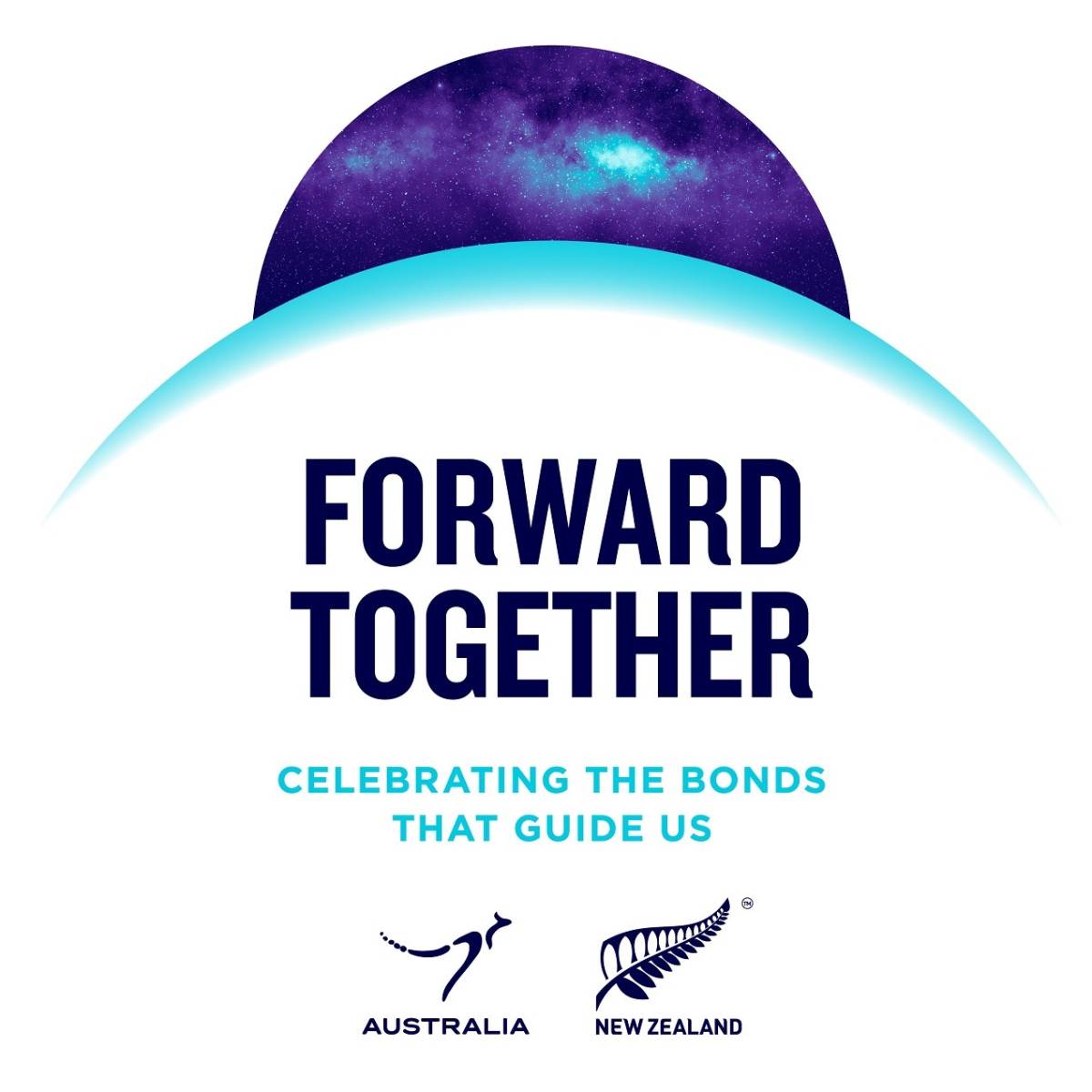It is now more than 40 years since we signed CER – our most comprehensive free trade agreement and one that’s still regarded by the World Trade Organisation as the ‘gold standard’ of FTAs.
It’s been gradually built on over the years, enabling our people to live, work, trade and our businesses to grow and invest more easily between our two nations.
Since its signing, we’ve continued to add to the agreement to extend our cooperation further, through initiatives that have enabled CER to stand the test of time.
CER was founded on what has come to be called the “fair go” principle to be observed by both countries and so far, apart from a bit of firing from the hip work in countervailing procedures, this fair go principle has been strictly observed… I will always recall how my hand shook when, during the negotiations, I signed a letter to Deputy Prime Minister Doug Anthony indicating that New Zealand was willing to phase out import licensing as it affected Australia! The goodwill in each country towards the other is immense. I am convinced that Aussies are the best mates we have in an uncertain and precarious world.
Sir Laurie Francis writing to then-Prime Minister David Lange on 25 January 1985 as he wound up his tenure as High Commissioner to Australia
Key to our shared prosperity
For New Zealanders and New Zealand businesses, Australia is a vital source of prosperity, through business and labour connections, exports, tourism, innovation, and science and knowledge.
New Zealand is Australia’s largest source of tourists. New Zealanders invest more in Australia than in any other foreign country. We are Australia’s only single economic market and a top export destination for Australian small and medium enterprises.
Australia is New Zealand’s third largest destination for exports, our largest source of foreign investment and of tourists, and it is usually our SME’s first export market.
Back in 1983/1984 two-way Trans-Tasman trade was worth about $5 billion – today it’s grown to $32.67 billion.
A future that’s better together
Working toward a Single Economic Market (SEM) helps make doing business in Australia as easy as it is in New Zealand, and vice versa. It makes it easier to engage in trade and tourism, research and development, investment and even transferring superannuation funds across the Tasman.
We are ambitious to drive CER forward into new areas – science and technology, indigenous cooperation, trade that is sustainable and benefits all our people.

More than 40 years on, we want to continue to strengthen our relationship and focus on how we can keep CER fit for purpose, so that it delivers for business and individuals on both sides of the Tasman. It provides us with an opportunity to be ambitious with how we achieve this.
Wherever the Australian and New Zealand economies face challenges and change, we benefit from tackling them together.
We both prosper when we take advantage of opportunities together.
- 1970: Talks begin in the late 1970s for a new agreement to replace the 1965 New Zealand Australia Free Trade Agreement (NAFTA).
- 1973: New Zealanders and Australians are free to visit, live and work in each other’s country under the Trans-Tasman Travel Arrangement.
- 1980: The concept of “closer economic relations” between New Zealand and Australia was introduced in a joint Prime Ministerial communiqué. Both countries agreed a structured relationship would be mutually beneficial.
- 1982: A new agreement is reached in December.
- 1983: The CER is signed and comes in to force in March 1983.
- 1988: The first review of the CER reaffirms it has been a great success.
- 1989: The Trade in Services Protocol(external link) allows for most services to be traded across the Tasman free of restriction.
- 1990: All tariffs and quotas are eliminated - five years ahead of schedule.
- 1995: The 1995 Food Standards Treaty(external link) creates common rules for food standards, lower compliance costs for food exporters and more consumer choice.
- 1998: The Trans Tasman Mutual Recognition Arrangement (TTMRA)(external link) allows for anyone who is registered to practice an occupation in one country to practice in the other.
- 2010: The Double Taxation Agreement(external link) lowers withholding taxes on certain payments made between New Zealand and Australia.
- 2013: It is easier to invest in each other’s countries under the March 2013 Investment Protocol [PDF, 88 KB]
- 2023: Celebration of 40 years of Closer Economic Relations between Australia and New Zealand.

